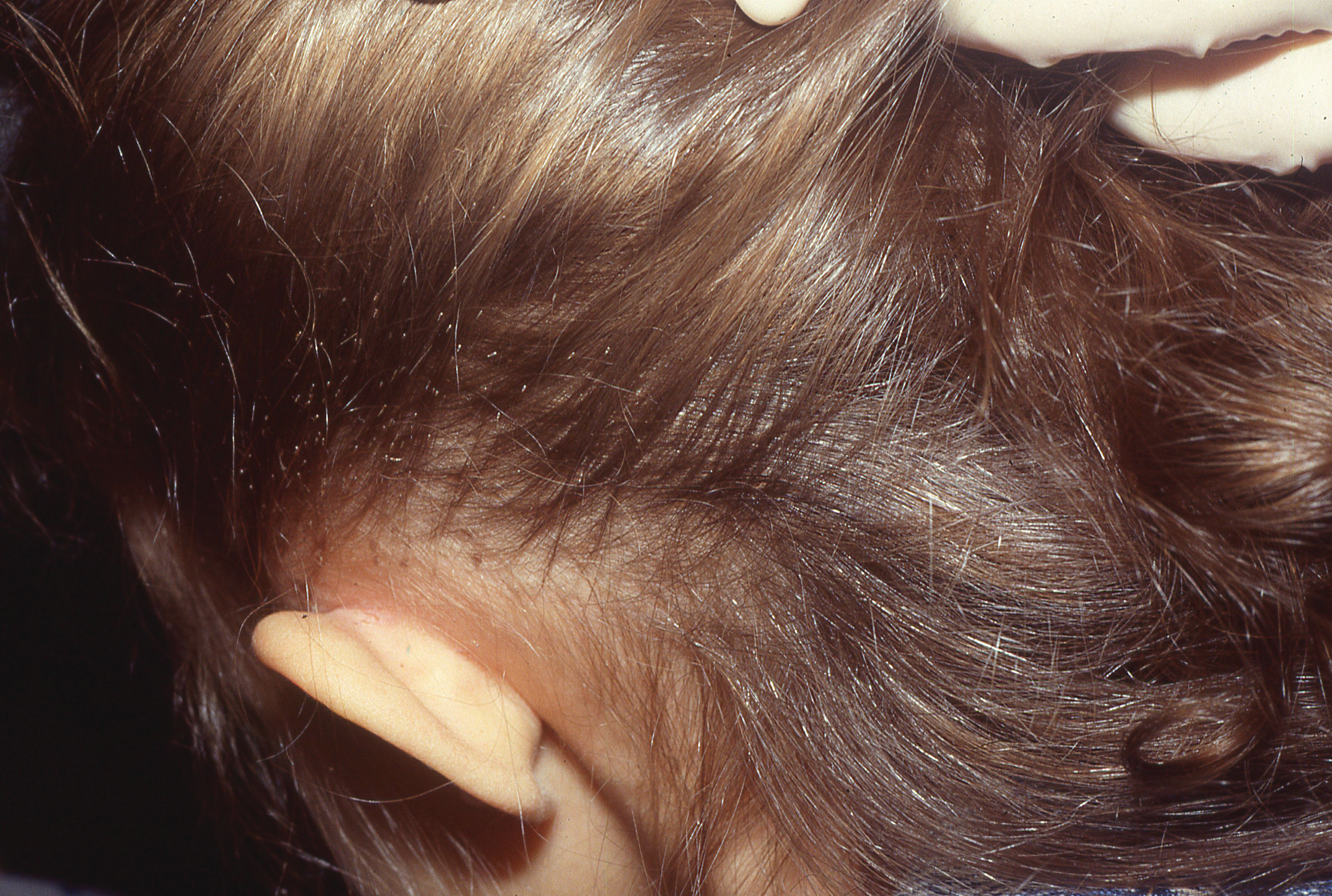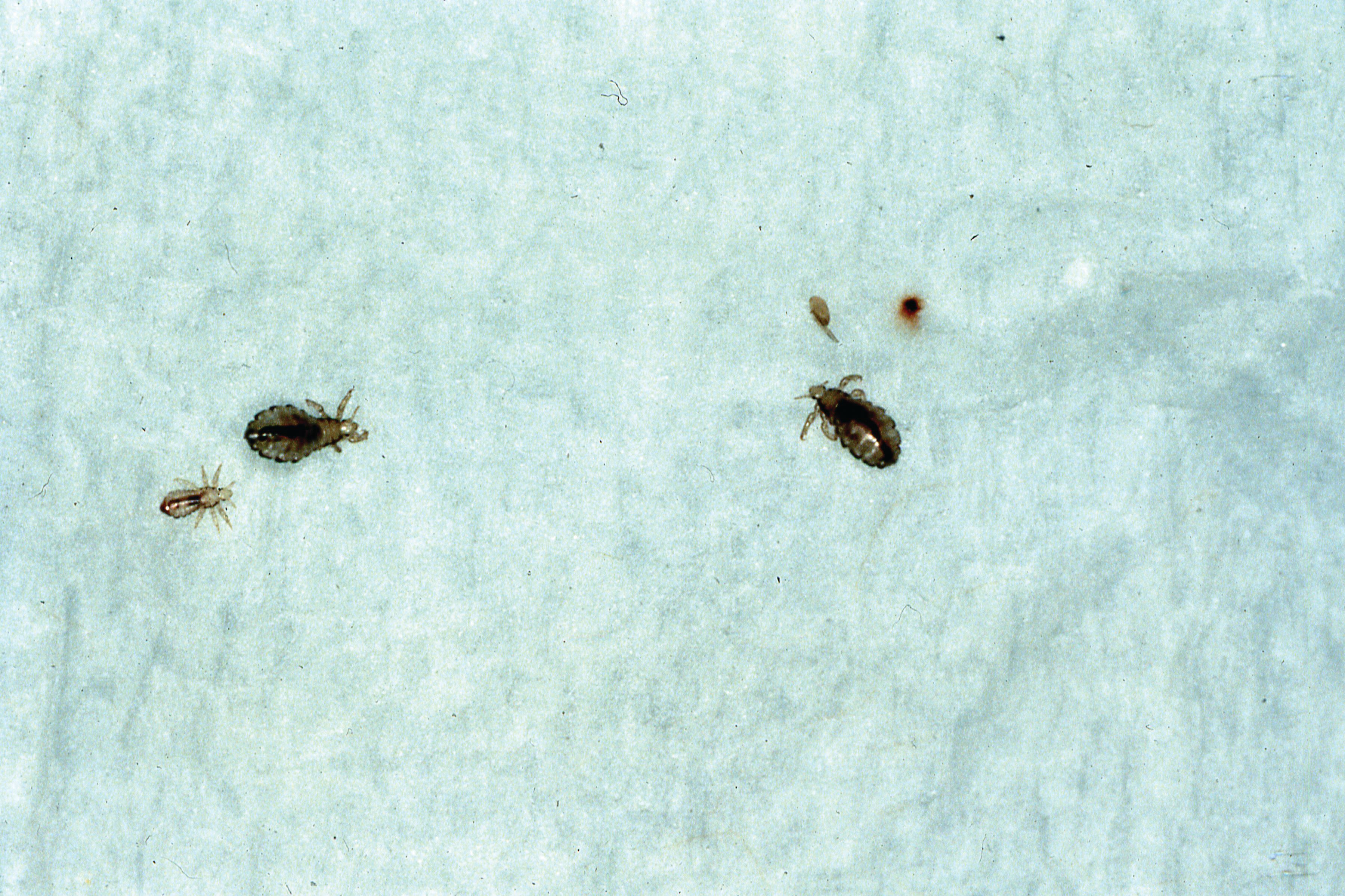The Dx and Rx of Head Lice
As children get ready to return to school, pediatric health care providers may start seeing more of this condition in their offices. Here is what you should know.
This article was first published by our sister publication, Contemporary Pediatrics®. (https://www.contemporarypediatrics.com/view/the-dx-and-rx-of-head-lice)
Humans have been harboring head lice since time immemorial.1 It is a global public health problem that affects millions of individuals each year, particularly in developing countries.2
Although it is prevalent in all age groups, pediculosis (or head lice infestation) is more common among school-aged children.3 This is due to the close contact in daycare, on play dates, and in classrooms with others who may have head lice. If it’s not detected early and treated appropriately, the condition may last for weeks, months, or years.4 The CDC estimates that approximately 6 to 12 million children aged 3 to 11 years are affected annually.5
The COVID-19 lockdown demonstrated an unprecedented instance in which the number of cases of head lice had been significantly reduced due to social distancing and children being at home. However, experts quickly realized that it was not likely an elimination due to the transient nature of the social distancing period.6 It is important to understand that the psychosocial and social implications of this disease are greater than the medical concerns. Children with head lice may often complain of itching on the scalp, neck, and ears as the main symptoms. However, their anxiety and caregivers’ fear of being ostracized are wider concerns that must also be addressed by physicians.4,7
The Lice
The head louse (or Pediculus humanus capitis) is an obligate ectoparasite on the human scalp, where it feeds exclusively on blood. The 6-legged insects are wingless and the adults can measure approximately 2 to 4 mm. There are often fewer than 10 adult lice on children who are infested.1,8,9
The female louse lives up to 3 to 4 weeks and, once mature, may lay up to 10 eggs per day. The eggs are then firmly adhered to the shaft of human hair close to the scalp (approximately 2 mm) by a gluelike substance produced by the louse. The human scalp serves as an ideal environment for the eggs to hatch in approximately 8 to 12 days. The nymphs then undergo molting in 3 stages before they become adult lice in a process that takes approximately 8 to 15 days. If untreated, the cycle repeats every 3 weeks.9-11
The lice feed on the human scalp after secreting saliva that contains anticoagulative properties, which makes the epidermis conducive to suck human blood. Pruritus occurs within 2 to 4 weeks due to sensitization to the saliva. In some cases, it may take 4 to 6 months for pruritis to occur due to delayed sensitization.1
Transmission
The most common mode of transmission occurs via direct contact with the hair of an infested person, most frequently by head-to-head contact.9,1 Lice do not jump or hop; they can only crawl rapidly (as fast as 23 cm/min).Head lice on humans are not transmitted through pets.9 The role of fomites in transmission continues to be a controversial mystery.12
Figure 1

Figure 2

Diagnosis
The diagnosis of pediculosis requires expertise and experience. Infestation is confirmed by the presence of viable nits or lice in human hair less than 1 cm from the scalp (Figures 1 and 2). This may be done by naked eye examination, assisted by a handheld magnification tool by the physician or caregiver at school. The use of a sharp-toothed lice comb to collect active mites has proven to be 4 times more effective and twice as fast compared with direct visualization.1,9 The presence of nits alone will not confirm the diagnosis, as microscopy is required to establish its viability (Figure 3).
Figure 3

Adequate care must be taken to ensure the scalp is not abraded while looking for lice or nits, as the sharp-toothed comb may cause injury to the scalp. Experts recommend using oils (ie, olive, sunflower, corn) and ordinary hair conditioners prior to combing to slow down the movement of lice.13 Wet combing may be considered for children less than 2 years.
Treatment
Health care professionals are advised to start treatment once diagnosis is confirmed. Two approved treatment options include topical pediculicides and oral agents.9 Topical agents include permethrin 1% (synthetic pyrethroid) and pyrethrin (natural extract), both of which are neurotoxic to lice and have demonstrated excellent results. Resistance has been reported to this group due to a knockdown resistance gene mutation.1
If the agents mentioned above fail, some other topical drugs that are recommended include isopropyl myristate/ST-cyclomethicone solution, dimethicone solution, ivermectin lotion 0.5%, malathion lotion 0.5%, and spinosad 0.9% suspension.1,9 Another oral agent that has been proven effective is ivermectin tablet, 3 mg. It is essential to emphasize the directions of use and time of application of each drug to the parents. Lindane is no longer an acceptable therapy due to potential risks for neurotoxicity.1,9
The topical agents must be rinsed with cool or warm water in a sink rather than a shower to limit skin exposure.10 Do not use hot water, as it may cause vasodilation, increasing the chance of absorption.
Treatment is considered successful when no lice are detected after reexamination at the end of the treatment. If living lice are still present after the recommended period, another agent should be used with a different active ingredient.14
Conclusion
Head lice infestation is a condition that affects a large population of children globally. Regular head examinations may help with early detection of the disease. As pediatricians, it is essential to create awareness about the condition, counsel caregivers and parents about the treatment with antilice drugs, and address the psychosocial stress and stigma that are associated with the disease. Introducing tailored public health measures to control the disease is also pivotal.7 Further, collaborative initiatives with primary schools that emphasize early detection of the disease in children by schoolteachers and caregivers can help with reducing the burden of the disease. Elimination of policies without scientific evidence, such as the no-nit policy, is key to preserving the well-being of children and parents.15
Children are allowed to go to school the next day following the application of topical therapy. The school nurse may inspect for head lice on the tenth day following treatment.15
Muhammad Aamir Anees is in his final year of medical school at Kanachur Institute of Medical Sciences in Mangalore, India.
References
1. Nolt D, Moore S, Yan AC, Melnick L; Committee on Infectious Diseases, Committee on Practice and Ambulatory Medicine, Section on Dermatology. Head lice. Pediatrics. 2022;150(4):e2022059282. doi:10.1542/peds.2022-059282
2. Fu YT, Yao C, Deng YP, et al. Human pediculosis, a global public health problem. Infect Dis Poverty. 2022;11(1):58. doi:10.1186/s40249-022-00986-w
3. Hosseini SH, Rajabzadeh R, Shoraka V, Avaznia A, Shoraka HR. Prevalence of pediculosis and its related factors among primary school students in Maneh-va Semelghan district. J North Khorasan Univ Med Sci.2014;6:50
4. Gordon SC. Shared vulnerability: a theory of caring for children with persistent head lice. J Sch Nurs. 2007;23(5):283-292. doi:10.1177/10598405070230050701
5. Parasites: epidemiology & risk factors. CDC. Reviewed October 15, 2019. Accessed June 21, 2023. https://www.cdc.gov/parasites/lice/head/epi.html
6. Jeffay N. Scratch that: lockdown was calamity for head lice, experts say. Times of Israel. May 22, 2020. Accessed June 21, 2023. https://www.timesofisrael.com/lockdown-was-calamity-for-head-lice-experts-say/
7. Neuberg M, Banfić I, Cikać T, Ribić R, Zember S, Meštrović T. Knowledge, attitudes, psychosocial perspectives and applied epidemiology in the control of head lice (pediculosis capitis) in Croatian preschool children: a qualitative study on childcare professionals and health coordinators. Children (Basel). 2022;9(1):66. doi:10.3390/children9010066
8. Alexander JOD. Arthropods and Human Skin. Springer‐Verlag; 1984.
9. Cummings C, Finlay JC, MacDonald NE. Head lice infestations: a clinical update. Paediatr Child Health. 2018;23(1):e18-e24. doi:10.1093/pch/pxx165
10. Takano-Lee M, Yoon KS, Edman JD, Mullens BA, Clark JM. In vivo and in vitro rearing of pediculus humanus capitis (anoplura: pediculidae). J Med Entomol. 2003;40(5):628-635. doi:10.1603/0022-2585-40.5.628
11. Burkhart CN. Fomite transmission with head lice: a continuing controversy. Lancet. 2003;361(9352):99-100. doi:10.1016/S0140-6736(03)12243-X
12. Burgess I. Detection combing. Nurs Times. 2002;98(46):57.
13. Leung AKC, Lam JM, Leong KF, Barankin B, Hon KL. Paediatrics: how to manage pediculosis capitis. Drugs Context. 2022;11:2021-11-3. doi:10.7573/dic.2021-11-3
14. Mumcuoglu KY, Pollack RJ, Reed DL, et al. International recommendations for an effective control of head louse infestations. Int J Dermatol. 2021;60(3):272-280
Uncovering a Hidden Risk: Alcohol Use Disorder Significantly Increases C difficile Infection Rates
April 10th 2025A groundbreaking study reveals a strong connection between alcohol use disorder and increased risk for Clostridioides difficile infection, challenging traditional assumptions and calling for enhanced infection prevention protocols.
Bridging the Gap: Operating Room and Central Processing Unite to Improve Surgical Efficiency
April 8th 2025Communication breakdowns between the operating room and central processing led to delays and frustration—until collaboration, cross-training, and shared goals turned metrics around and strengthened teamwork.